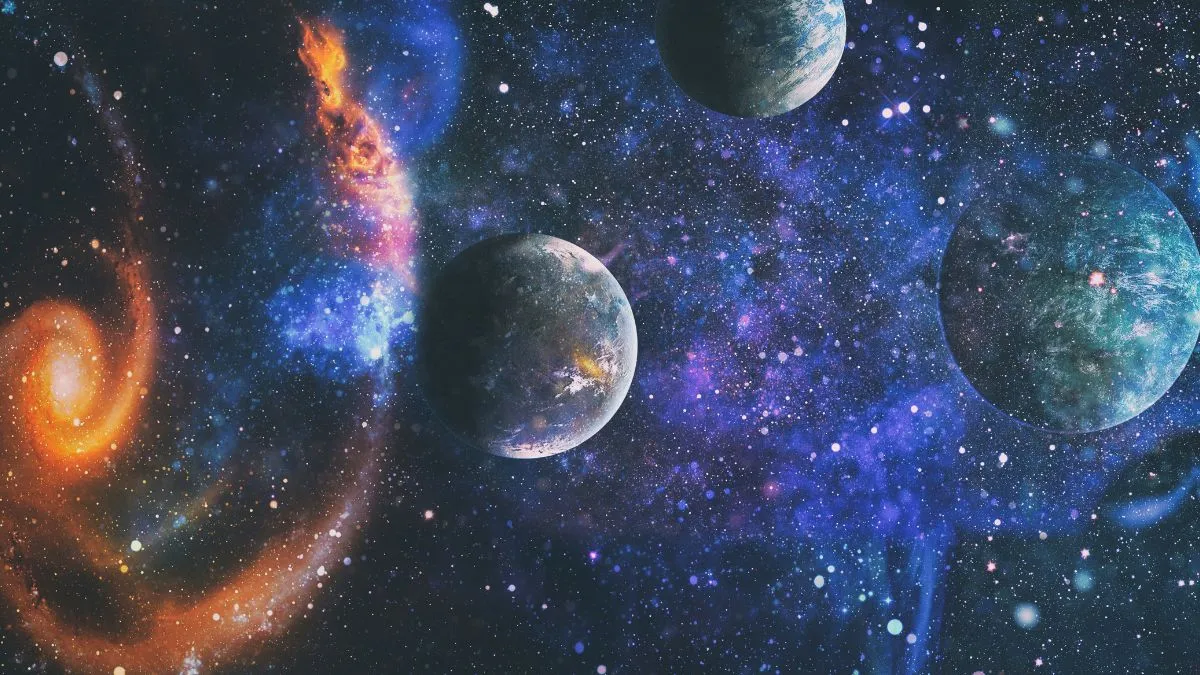- By Shivangi Sharma
- Mon, 18 Aug 2025 05:29 PM (IST)
- Source:JND
In August, the northern hemisphere's skies will prepare to entertain astronomers and stargazers of all stripes, and the timing couldn't be more ideal! The summer has continued into a lot of long, bright nights with little moonlight. Astronomers have a great chance to witness three of the greatest star clusters: the Hyades, Pleiades, and Hercules cluster. These are all amazing star clusters with thousands of stars visible to the naked eye. The view looks more spectacular when viewed through binoculars or a telescope.
What Are Star Clusters?
Star clusters are immense groupings of stars that are held together by gravity (like a herd of stars) and formed from some common interstellar cloud. They can range in size from a few dozen to hundreds of thousands of stars, and are either an "open" cluster, like the Hyades and the Pleiades, or a "globular" cluster likeness like Hercules. Open clusters are groups of relatively young stars with a loose association; globular clusters are ancient star cities that can be quite rich, dense packing of stars that orbit the centre of the Milky Way.
Even the smallest observing tools will enhance the experience. For example, a 10x50 pair of binoculars will help resolve the brighter stars of the clusters, and a telescope with a 6-inch or larger aperture will open a breathtaking view of these cosmic clusters.
The Hyades: Taurus’ V-shaped Face
In the early hours of August 21, look eastward for the constellation Taurus. At its heart lies the Hyades, the closest open cluster to Earth, just 150 light-years away. Shaped like a sideways "V," the Hyades sketch the face of the celestial bull. The distance from Aldebaran to the nearest star of the Hyades, which appears to be within a few degrees of Aldebaran in the sky, is 149 light-years. To add some context: Aldebaran has been known since the early 1500's.
The Pleiades: The Seven Sisters
The Pleiades is a little over 1 hour west of the Hyades and can be found easily in the late summer sky. The Pleiades is about 445 light-years away, and you might already know it as the Seven Sisters. You could spend all night just soaking in the beauty of the Pleiades naked eye, defining the dust that leads to its blue torch at the other end of the stars, or with 10x50 binoculars to larger scopes, you will only be in the realm of the ordinary.
The Hercules Globular Cluster
The Hercules cluster is a globular cluster of stars that is about twice the size of the Pleiades. You will need a good aperture telescope to see all its stars; the Hercules cluster will reveal its own stars soon. Its detailed stars seem bright, but they are not because if you walk away from Earth for the first time, you may see that these stars are huge and are much brighter than the stars on the list of stars in the Pleiades or any other clusters.
In addition to star clusters, the mornings of August 19 and 21 bring planetary highlights. Mercury reaches its greatest western elongation on August 19, appearing alongside Venus before sunrise. Two days later, the crescent moon will help guide observers to Mercury in the eastern horizon.
